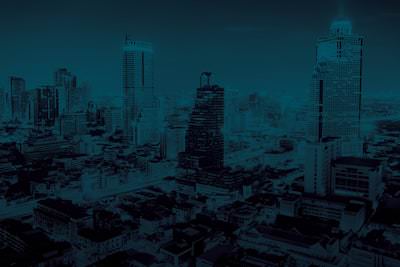The solar panel system and heat pump installation market has drastically changed in 2022 due to the war in Ukraine and large rises in energy costs. Property owners are turning to alternative energy technology such as solar panels and ground/air source heat pumps which don't require gas or oil as a source of energy.
The demand for solar systems and ground/air source heat pumps currently outstrips the installers' collective ability to supply due the the sudden change in property owners' sentiment. There simply are not enough install engineers to complete the projects, so the application of innovative technology to the installers project process can increase staff productivity and hence project throughput. Once a property owner has decided to invest in a new system the installer initiates their 'lead to cash' process which traditionally consists of the following steps:
- Sales consultation site visit.
- Pre-installation survey
- System installation.
- Post installation inspection & follow up
Challenges
The above steps are very labour-intensive and require employees to travel back and forth to the customer's property several times during the course of the project. Frequently the customer has to cancel an appointment at short notice or the installer has to abort due to a misunderstanding or inability to arrive on time due to transportation delays. These issues add to the overall time taken to complete the project. Furthermore the opportunities for error, misunderstandings and miss-selling are present due to the lack of an over-reaching record of the customer interactions. The amount of administration that needs to be done, such as quote production, survey data collation, calendar upkeep and equipment purchase can act as a growth inhibitor to the installer business. Having gathered feedback from numerous sources within the sector the main causes of delay to the installation project, and therefore growth are as follows:
- The low availability of experienced installation engineers.
- The Learning curve of newly appointed installation engineers.
- The delay in responding to new enquiries and leads due to workload.
- Timely completion of projects due to travelling & site attendance.
- Disjointed and time-consuming compliance and 'miss-sell' checking.
- Aborted or disrupted installations due to error & misunderstandings.
- Site visits for remedial work.
- Post-installation support.
Solution
Most of these issues can be solved with remote visual surveys, inspections and assistance which are performed remotely using the property owner's smartphone, thereby removing the need for multiple site visits. There are several obvious benefits and some which are not so apparent which can be summarised as follows:
1. Cost reduction - the sales/consultation, pre-installation and customer follow up visits can be replaced with remote visual sessions. The sessions are quick, less intrusive for the customer and there is a record of everything discussed. If the business conducts fifty such visits a month it will save in the region of £60,0000 per year.
2. Productivity increase - by considerably reducing the amount of site attendance and travelling time the project staff become more productive and can complete more customer focussed tasks in a given day. This removes a large bottleneck in the 'lead to cash' process. The system installers arrive on site, well prepared and having fully surveyed the relevant working areas. This enables them to complete the work much more quickly and reduces the chance of them having to revisit.
3. Quicker sales lead response - new leads do not remain 'hot' for long and the typical sector response time is around 2-3 weeks. A remote visual consultation, combined with a pre-install survey can be completed in 30 minutes which means a team of five remote agents can theoretically perform 30-50 sessions per day, reducing the response time to new sales enquiries.
4. Faster installer readiness - There is little point in having an efficient pre-install service if there is an install phase delay due to the lack of installers. Remote visual assistance can be used internally to train and support inexperienced field installers which means less experienced installers can quickly become more productive.
5. Eliminate errors and misunderstandings - by recording the sessions there is a video/audio/text record of each customer interaction which can either be manually reviewed or automatically using AI compliance monitoring. This reduces the chances of legal disputes, problems with NIC EIC/ Gas Safe, delays in payment and final sign off.
6. Better post-install support - several problems with heating systems can be fixed with a remote visual assistance session such as re-pressurising, fault diagnosis, radiator faults, pilot light problems, power feed issues. The time taken to work on these type of low risk problems is minimal when using remote visual assistance which means the engineers that perform the assistance can spend more time with installations and revenue-generating tasks.
Remote visual assistance can transform energy system installation businesses and allow them to fully exploit the current high demand for their services. The return on investment is very quick with the cost of the monthly fees being 100% covered in a day or two in any given month, based on avoided site visits alone. When remote visual assistance is used in conjunction with sector-specific CRM systems such as Open Solar the benefits are amplified further.














